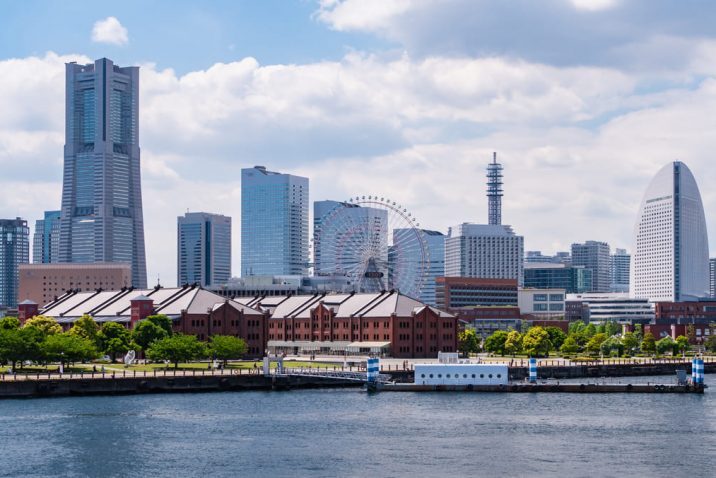The United Nations’ Sustainable Development Goals are an ambitious set of objectives established in 2015 to improve life on earth. The SDGs include both environmental goals such as clean energy and social goals such as eliminating poverty. Of...
Did you know that during brewing craft beer, up to 2,000 kg of malt lees are produced every month, and that most of it get discarded? Kitafuku in Yokohama, Kanagawa Prefecture, a company that manufactures and promotes IoT devices for people who work...
The Link Up Waste Project is an upcycling project developed by painting & wall covering contractor, Kawakami Tosokogyo. Launched in May this year, the project tackles issues such as textile waste and unemployment. It also allows the company to...
Against the backdrop of a world slipping into an irreversible pattern of unsustainability, a Circular Economy seems to offer an answer for businesses. It spurs enterprises to do better for society and the environment without sacrificing profits, and...
Make no mistake about it. The circular economy is a global growing concept receiving nods. It encourages businesses to look at themselves, find a way to create zero environmental impact, and reduce taking resources from the environment. And many...
Smart infrastructure is an emerging field that invests in artificial intelligence and big data to improve the quality of service, such as transportation. Associate professor Luna Lu from Purdue University is working in this field with the idea of...
The benefits of walking in green spaces are not limited to physical health. Studies show that access to green space enables an enhanced opportunity to connect with nature, improving one’s mental health. This is especially the case during the...
Single-use containers are one of the fundamental causes of waste, and yet we still find them everywhere in our daily life. American company Loop is addressing waste through collaboration with retailers and manufacturers by promoting packaging day-to...
What do you do with an old smartphone that you have replaced? What do you do to ensure your data remains private? To be honest, I’ve kept two old smartphones in the corner of my storeroom for years. I don’t mean to hoard e-waste...
Let’s have a look at a circular-minded restaurant in Finland. Nolla, meaning zero in Finnish, is motivated to provide high-quality, in-season food while pursuing a zero-waste ideology. Since opening in March 2018, Nolla has been ensuring all aspects...











